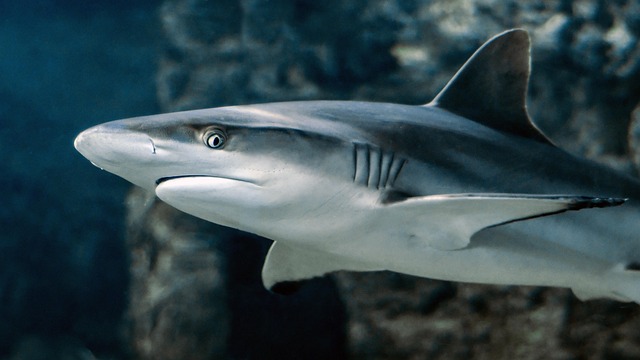When it comes to photography, the right lens can transport an ordinary scene into an extraordinary visual narrative. Among the myriad of lenses available, the fish-eye lens stands out as a dynamic tool that allows photographers to explore the world from a unique perspective. This unique lens is characterized by its ultra-wide angle, normally around 180 degrees, creating a captivating, distorted view that can evoke deep feelings and profound connections with the surrounding environment.
The fish-eye lens is synonymous with creativity, encouraging photographers to capture images that challenge conventional boundaries. Imagine standing at the edge of a bustling city, with skyscrapers arched like giant sentinels in the sky, or shooting a landscape where the horizon bends into a delightful curvature. These surreal, yet striking effects can bring an almost magical quality to mundane subjects, reshaping how we perceive space and depth in our photography.
Using a fish-eye lens requires a shift in the photographer’s mindset. With its expansive field of view, you can embrace the chaos of a scene without feeling overwhelmed. This lens invites you to explore and capture the world around you unapologetically. Whether you’re shooting landscapes, architecture, or even portraits, the fish-eye lens pulls the viewer into an immersive experience. As light bends and distorts, the ordinary becomes extraordinary, showcasing an unpredictable side of visual storytelling.
In many ways, working with a fish-eye lens is akin to dancing with your camera. There’s a rhythm to it as you navigate through spaces, seek out unique compositions, and allow your imagination to run wild. Photographic possibilities are endless—each click of the shutter reveals a new interpretation of a familiar sight. Plus, this lens isn’t just for professionals; hobbyists and enthusiasts can play similarly, reveling in exploration and finding joy in each shot.
This playful nature extends into the realm of experimentation. Blending a fish-eye lens with various lighting conditions or creative settings can yield intriguing results. For instance, during golden hour, the soft, diffused light can complement the extensive field of view, softening the sharpness of the edges, while still maintaining the playful distortion at the core. It fosters a sense of whimsy, encouraging both the photographer and viewer to engage with the image on a deeper level.
Moreover, the optics behind fish-eye lenses are just as fascinating as the images they produce. Typically, they have a short focal length and a specially curved lens design, allowing for that characteristic wide-angle view without significant distortion that detracts from the subject. Understanding this can be crucial for photographers looking to optimize their shots. It’s about utilizing the technology at your disposal to evoke emotion and bring a fresh perspective to the art of photography.
As technology evolves, the versatility of fish-eye lenses has expanded. With advancements in digital photography, built-in distortion correction features and clever post-processing techniques help retain the creative allure while enhancing practicality. This accessibility is changing the landscape of photography, making it easier for all of us to explore our world through a lens that distorts reality just enough to inspire curiosity and wonder.
Ultimately, the fish-eye lens serves a dual purpose as both an artistic tool and a gateway to new ideas. Every photograph taken through it has the potential to connect with our inner explorer, challenging us to see the world through a different lens—one that transforms everyday scenes into vibrant, imaginative expressions. So, grab your camera, throw on that fish-eye, and set forth on a photographic adventure where the only limit is your creativity!




